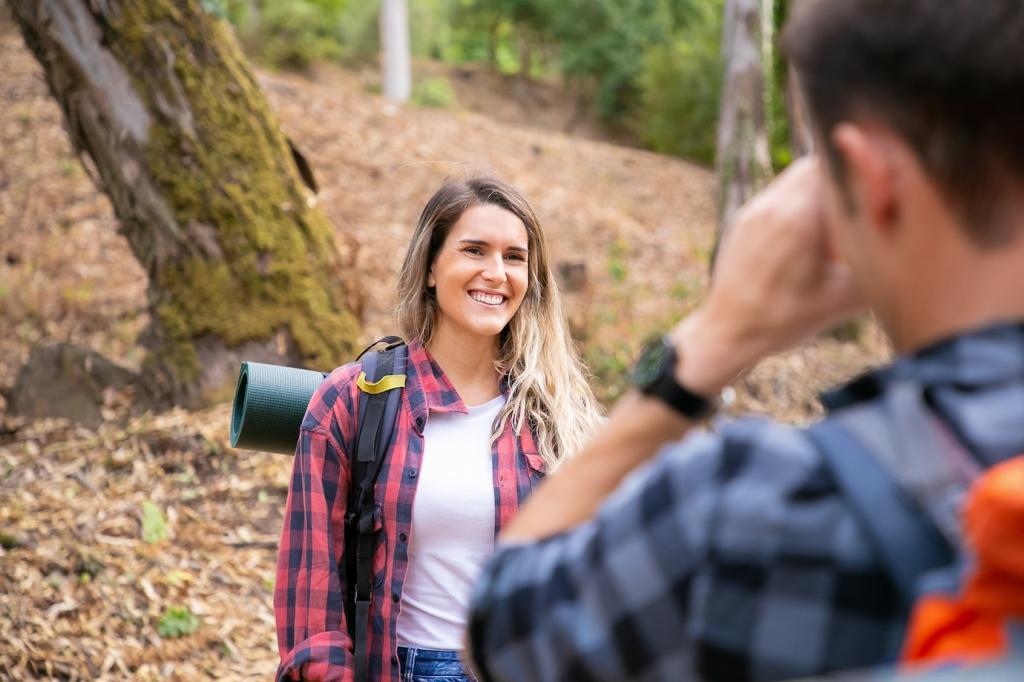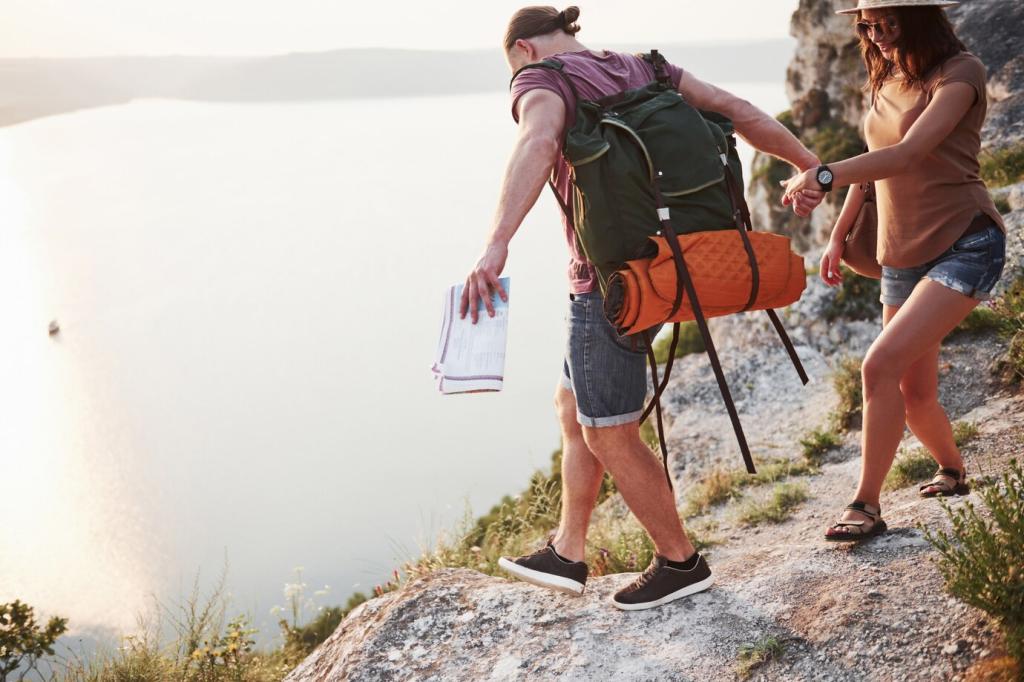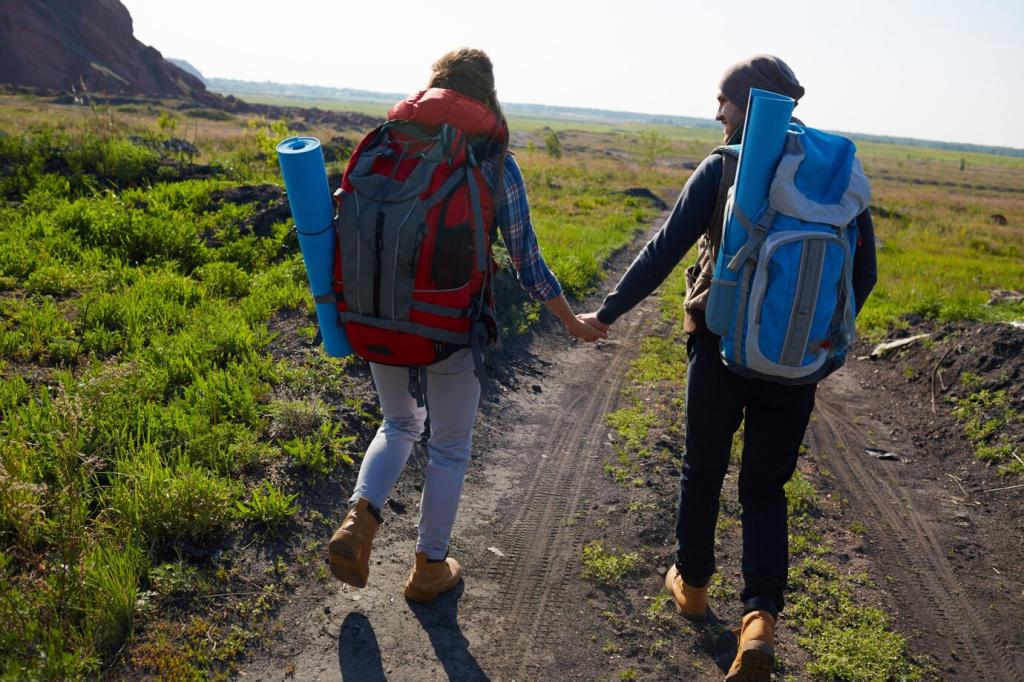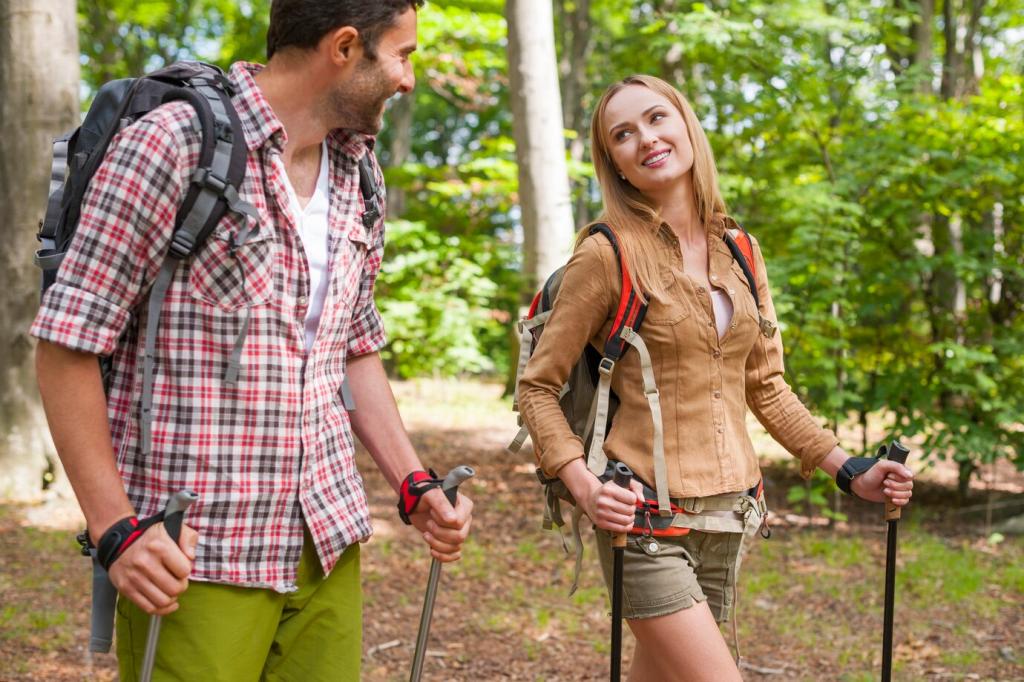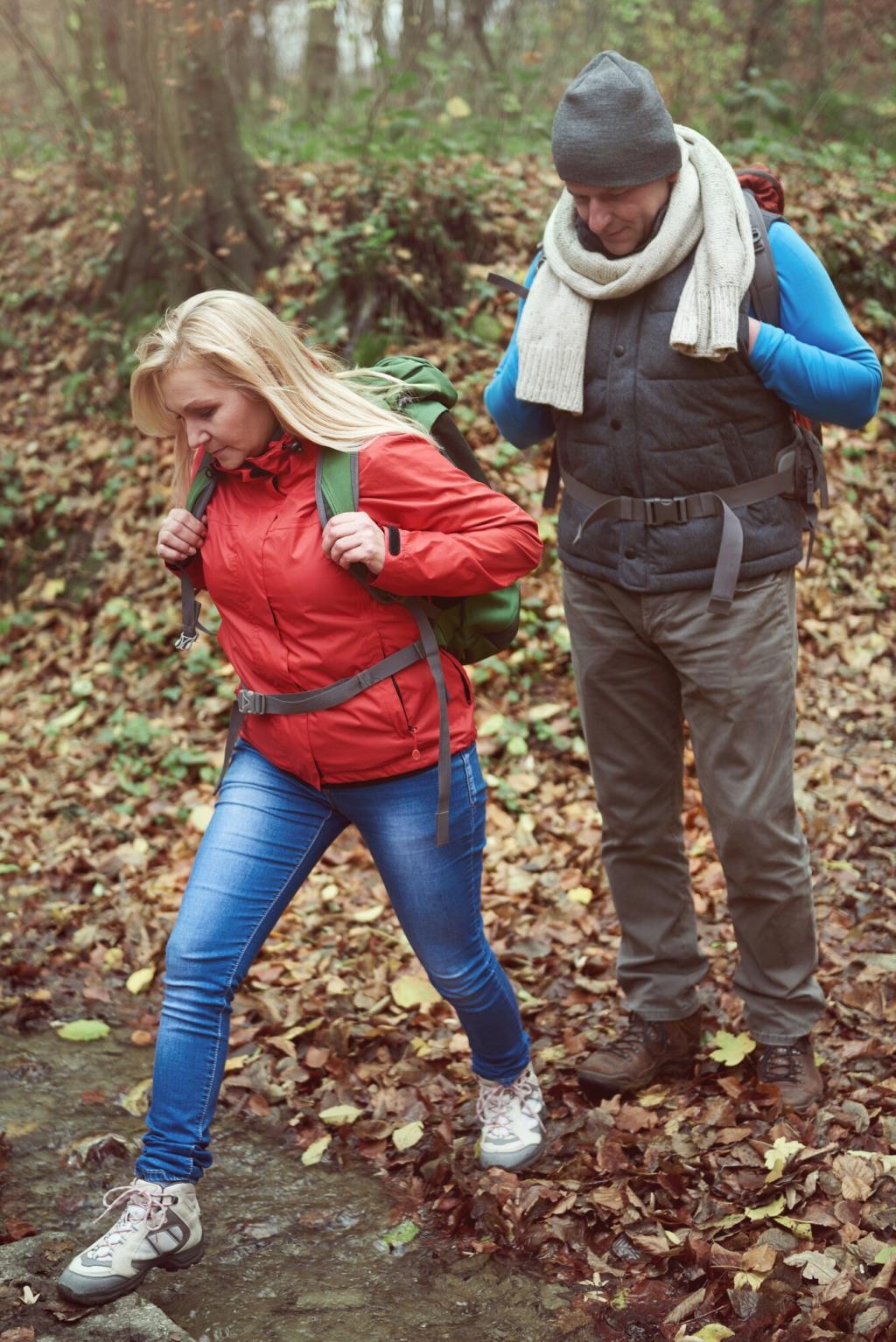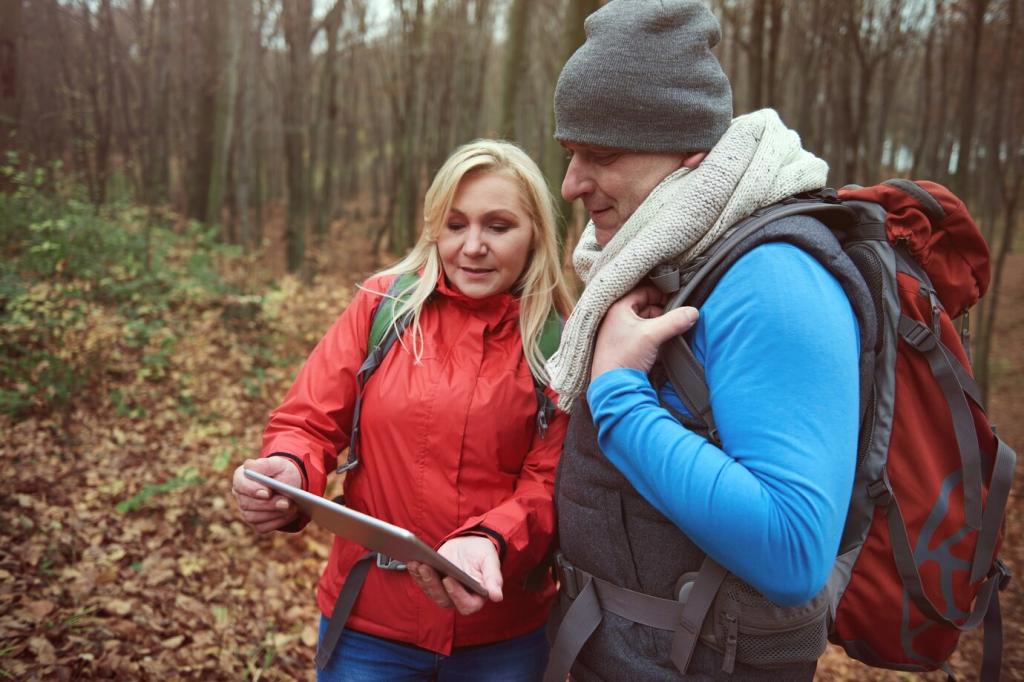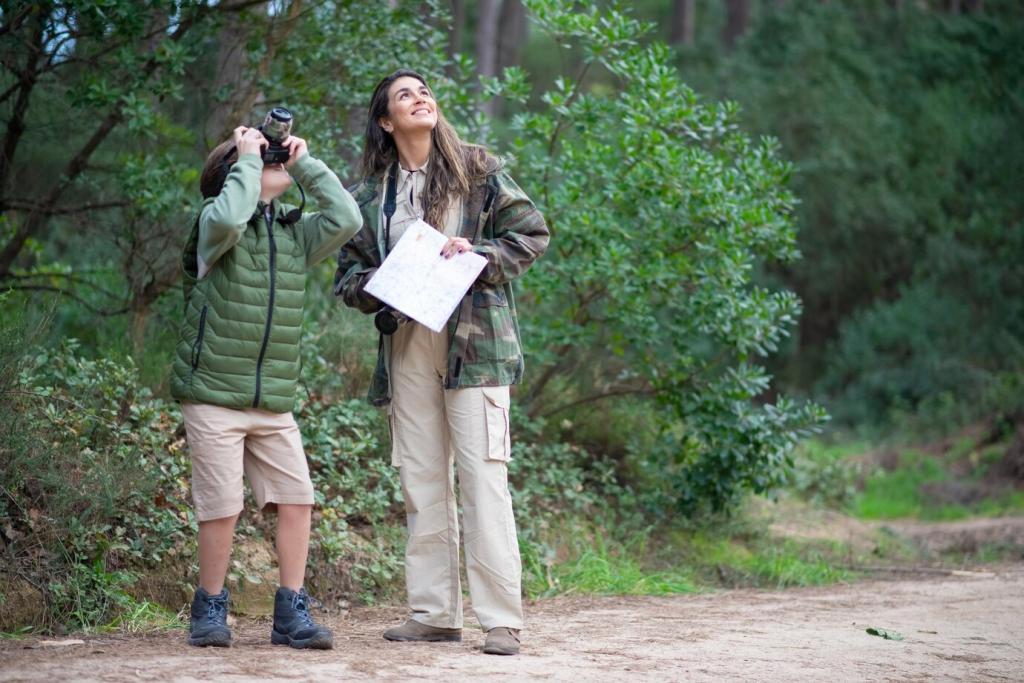Weather and Trail Hazards
Use a three‑layer system: wicking base, warm mid, windproof or waterproof shell. Cotton holds moisture; favor synthetic or wool. A light beanie and gloves weigh little yet prevent surprising heat loss at rest stops. Comment your favorite budget mid‑layer pick.
Weather and Trail Hazards
Follow the 30/30 rule: if thunder follows lightning within 30 seconds, seek safer terrain; wait 30 minutes after the last thunder. Avoid ridgelines, peaks, and isolated tall trees. I once paused below treeline and watched a storm zip past—a safe, thrilling show.

